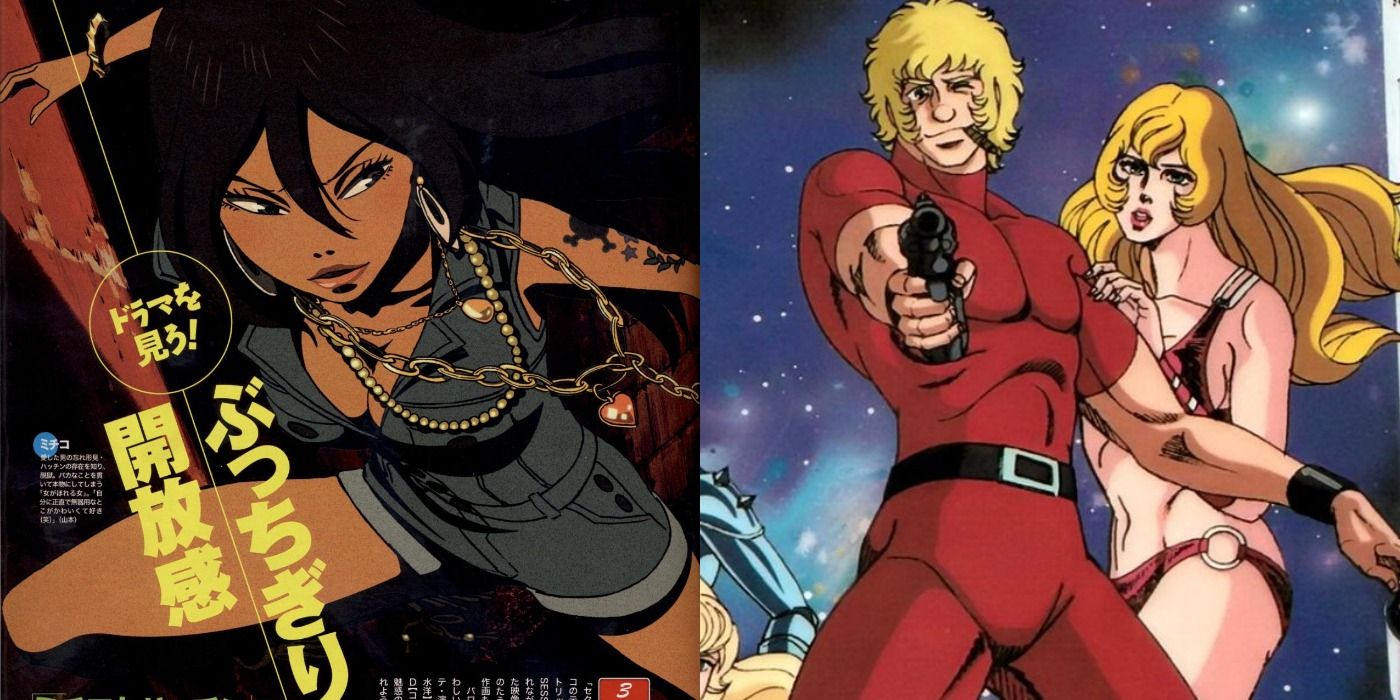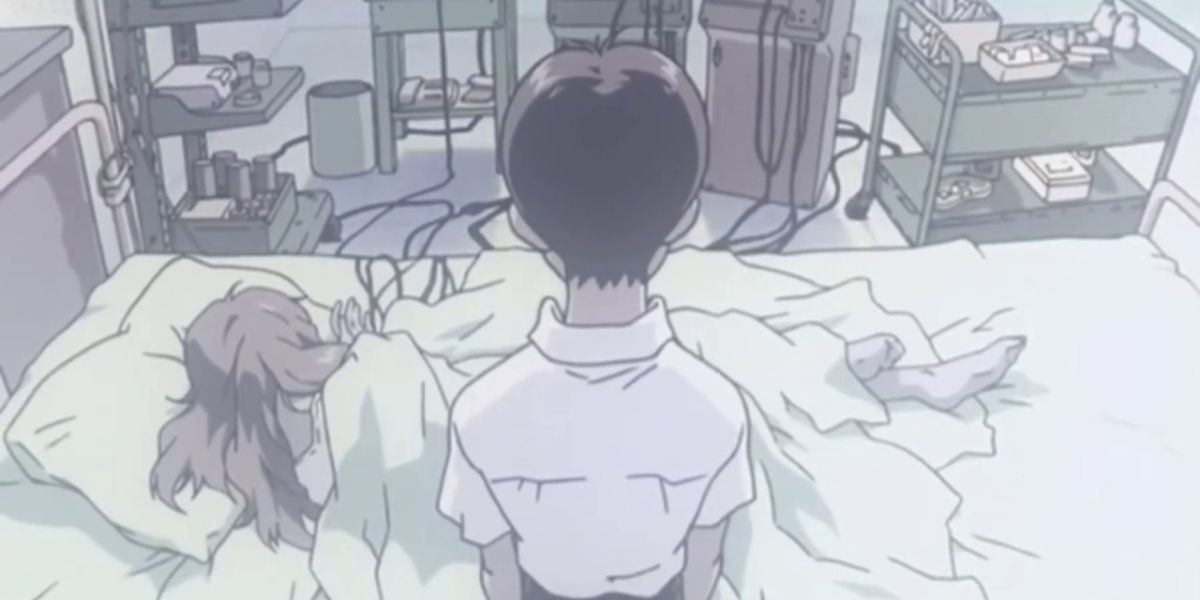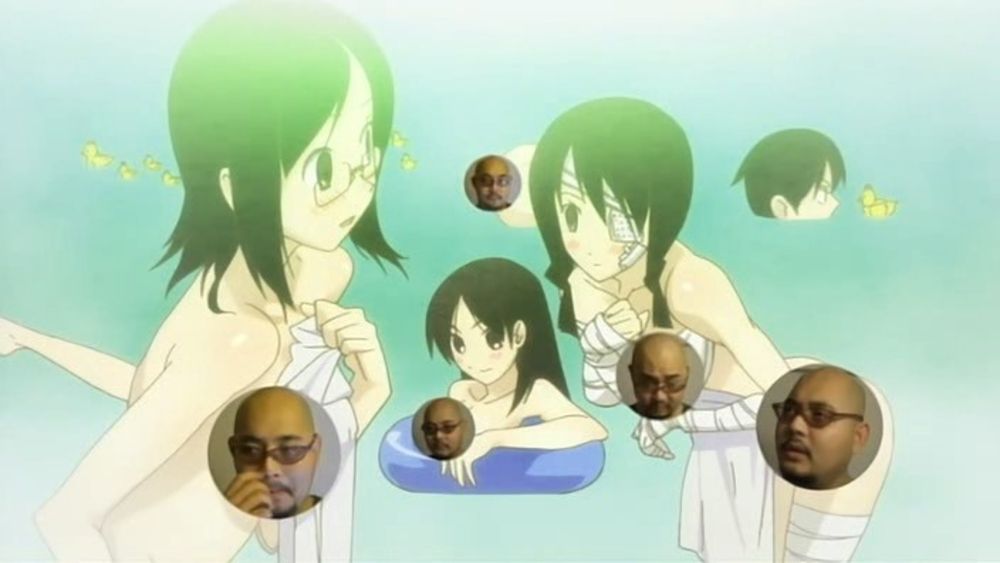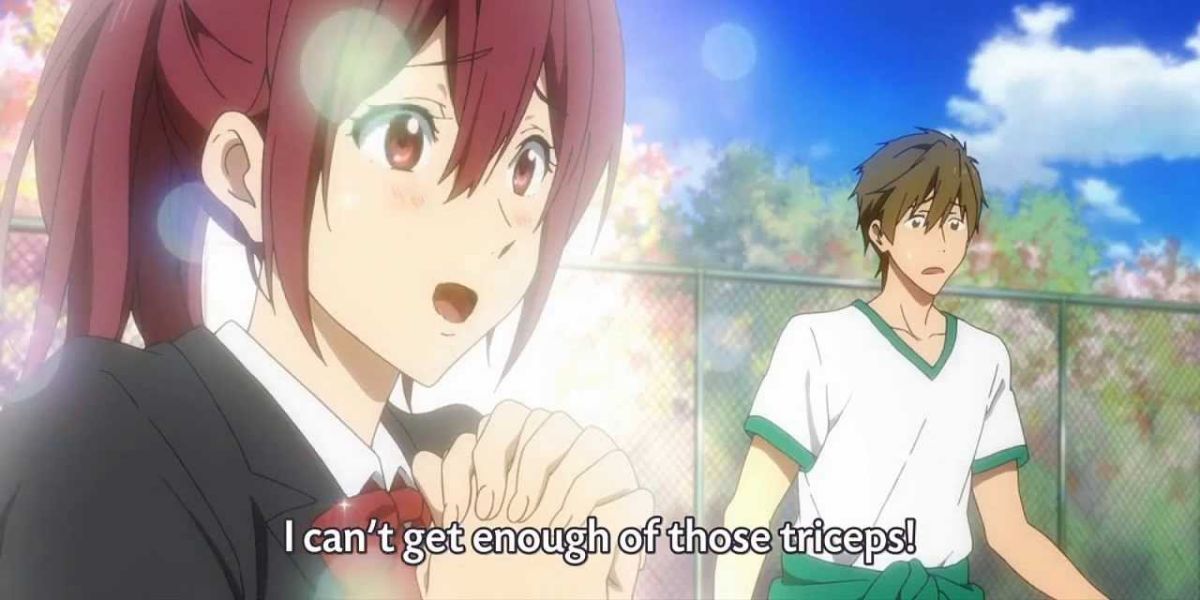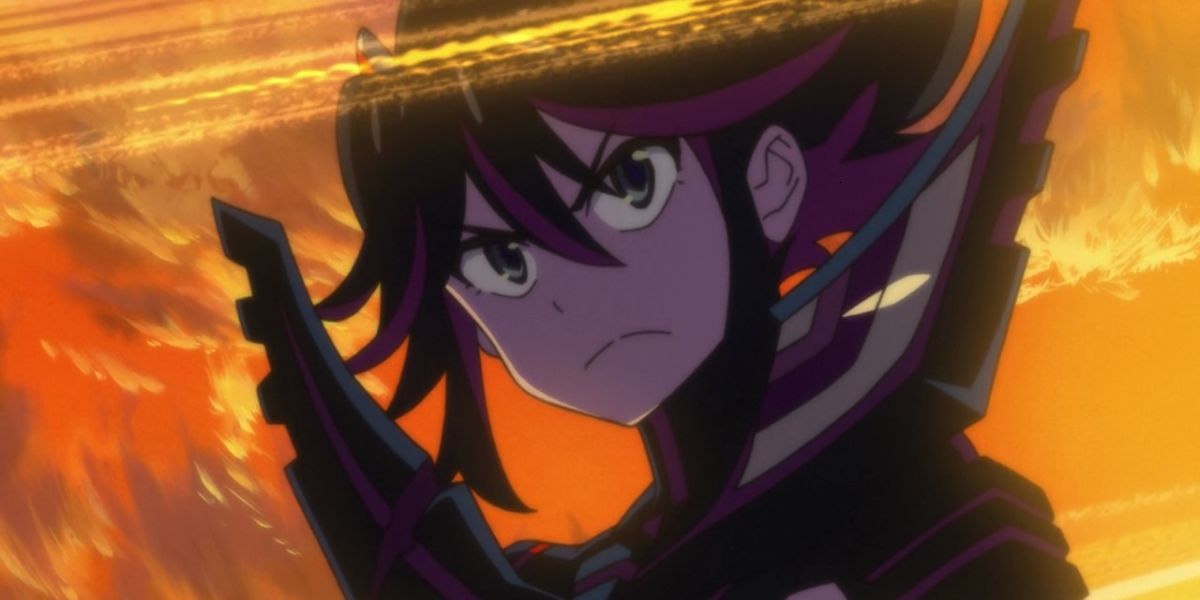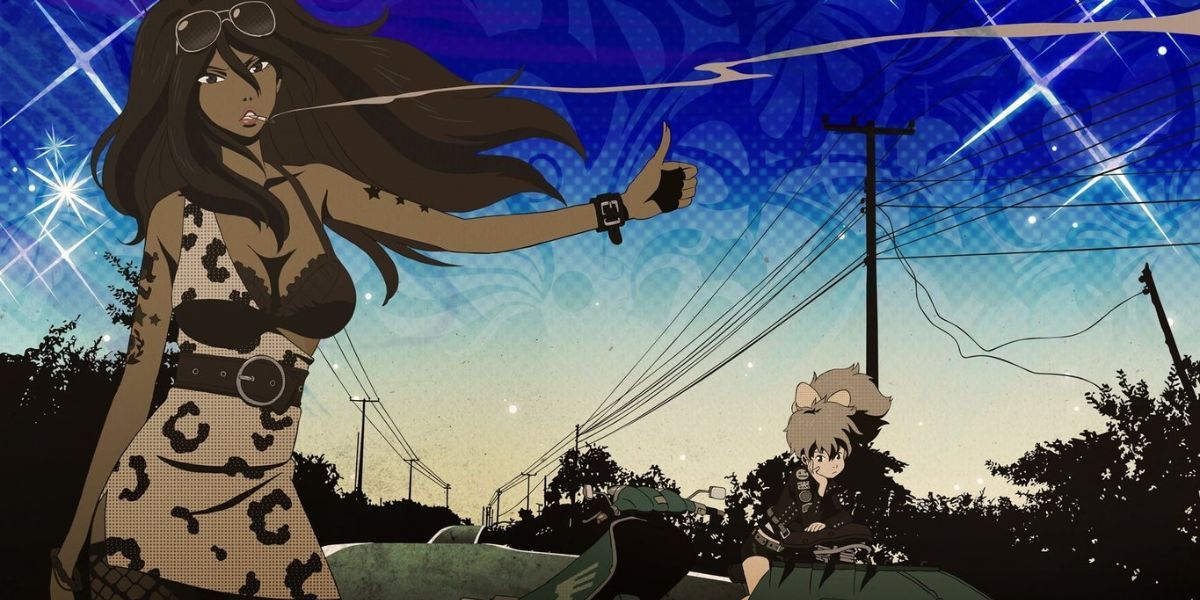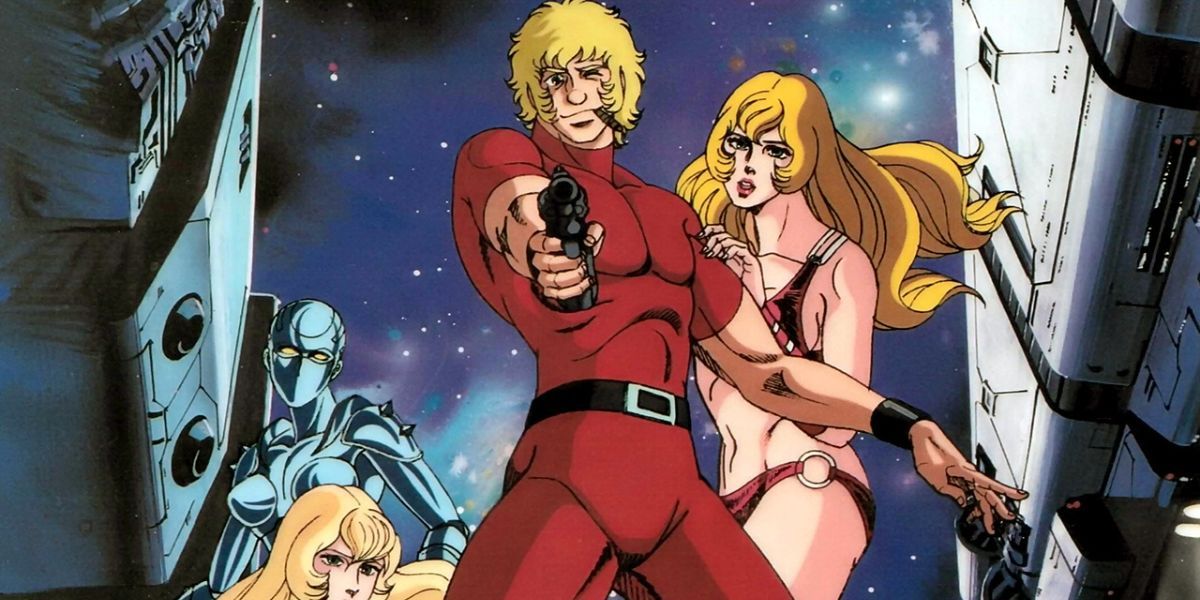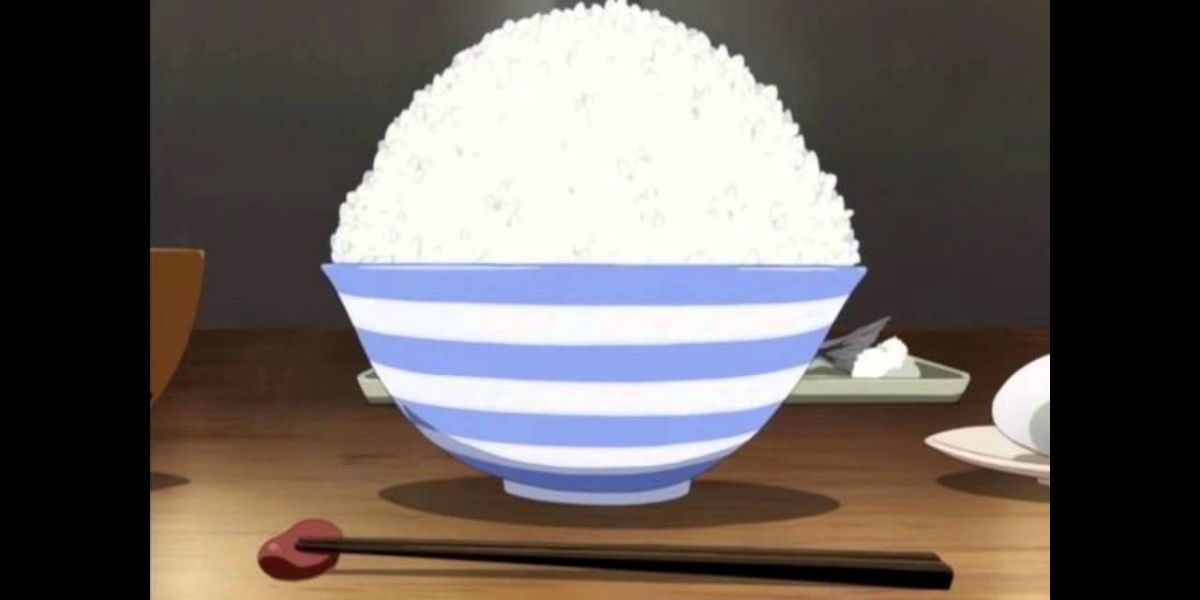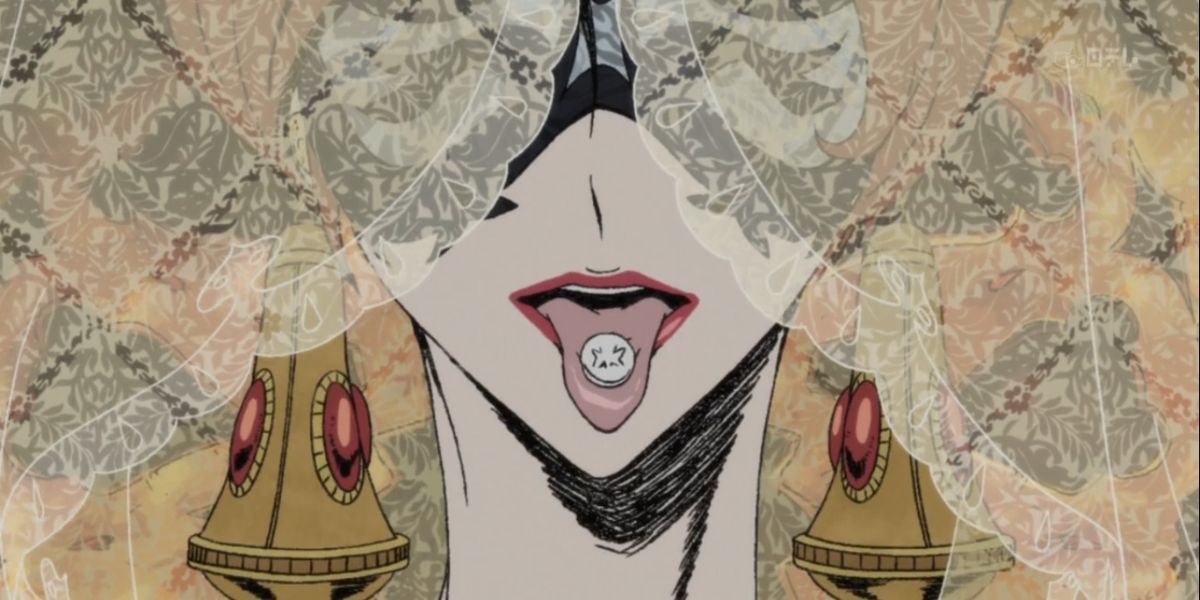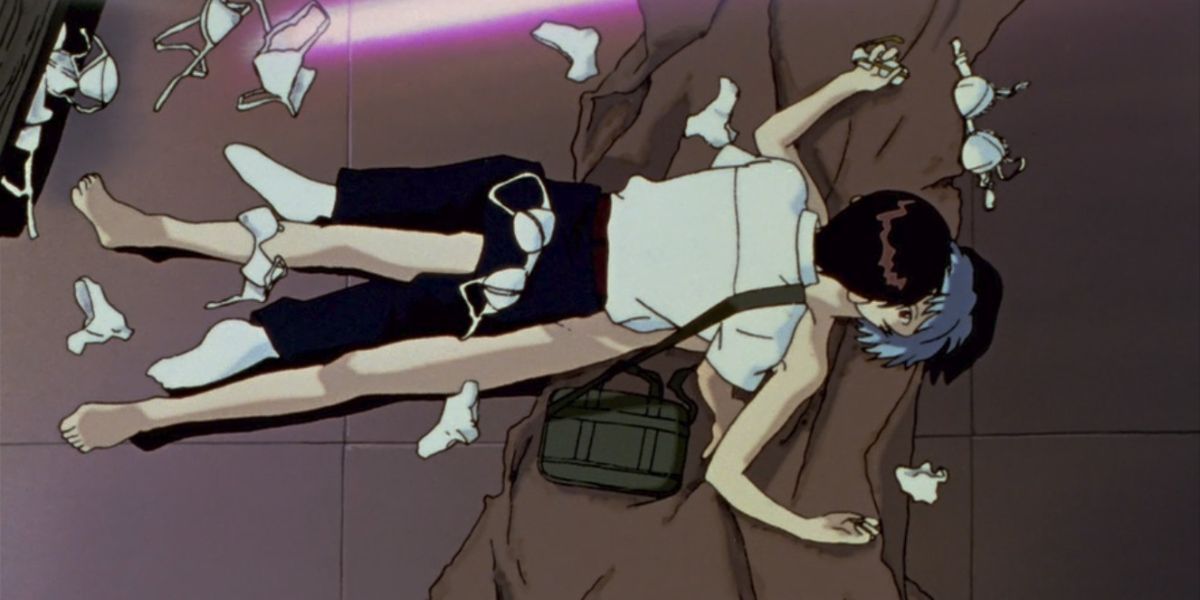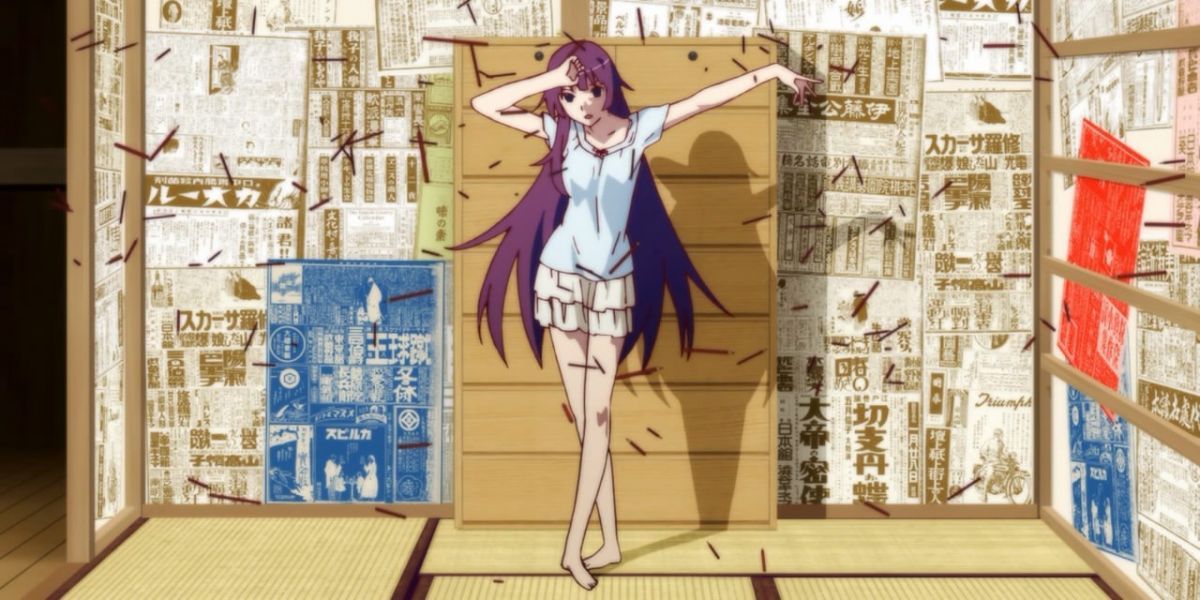Fanservice, or sexually suggestive imagery included for the fans above narrative importance, has always been part of anime. It's also one of the most controversial elements of the medium and is often blamed for driving away new fans. This makes a certain degree of sense, as it can be hard for a newcomer to take a show seriously when every woman on the screen has physiologically improbable proportions.
While some think that anime needs to grow up and move past fanservice altogether, others contend that the problem isn't fanservice in general, but specifically cheap or bad fanservice. Indeed, there are examples out there of fanservice that has its own aesthetic merit or is deployed to subvert audience expectations in interesting ways.
THAT Scene In End Of Evangelion
Perhaps more accurately described as "fan disservice," that one scene in End of Evangelion is potentially the movie's most infamous—and that's saying a lot. Critics often point out that fanservice in anime is frequently exploitive, with female characters being exposed unwillingly for the sexual gratification of the audience. Vulnerability is often played up, with the object of the fanservice having little narrative say in the matter.
Such is the case in End of Evangelion, but that style of "fanservice" is taken to its logically horrifying conclusion. Asuka, in a vulnerable position, is inadvertently exposed to Shinji. Where other anime might end the scene there, this one keeps going. The outcome is at once deeply disturbing from a narrative standpoint, but also compelling on a metatextual level, as it forces the audience to confront their relationship with fanservice in general.
Sayonara Zetsubou Sensei's Outrageous Censorship
Anime is famous for being pretty inventive with T.V. censorship. Inexplicably bright beams of light, conveniently placed objects, or birds in flight are all tools that have been used to cover up the areas of characters that aren't primetime-appropriate. Without a doubt, though, Sayonara Zetsubou Sensei takes the cake for the weirdest technique; the show simply plasters the face of one of its voice actors all over the place.
It works for Zetsubou Sensei because the anime is a comedy that concerns itself in part with following common anime tropes to their logical, often absurd, extremes. Stamping Maeda-kun's face all over the place seems to be a reference to anime's absurd censorship, as well as just being pretty funny in its own right.
Free's Audience Stand-In
Free! is a sports anime about swimming, but a not-so-subtle part of the show's appeal is the assortment of muscular anime boys who spend all their time frolicking about in the water. To be clear, this show has more going for it than just fanservice; there's a pretty well-articulated coming of age story and some compelling sports drama here too—but, you know, muscles.
The club's manager and one of the show's few major female characters is Gou Matsuoka, who, unsurprisingly, has something of an affinity for triceps. It's hard not to feel like Gou is here in part to wink at the audience a bit. Her outrageous muscle obsession seems to signal to the viewer that the show knows why its fans are watching it in the first place.
Kill La Kill & Nudity
Studio Trigger's Kill la Kill gets pretty gratuitous with its fanservice. The outfits that the characters do—or, perhaps more appropriately, do not—wear are often outrageously hypersexualized, even for anime. In fact, these outfits are so outrageous that they draw attention towards some of the show's central themes.
Kill la Kill wants to explore ideas of social norms and expectations, one of the foremost of which is dress, modesty, and whether or not there's value in those concepts. The self-inflicted exposure of characters in this show is often presented as an empowering experience; by casting off garments and overcoming the social stigma associated with such a practice, the characters who do so quite literally gain the power necessary to defeat their adversaries—or maybe the artists just wanted to draw hypersexualized outfits, who knows.
Michiko's Entire Wardrobe
Michiko Malandro is one-half of the pair that makes Sayo Yamamoto's Michiko and Hatchin so interesting. She's an ex-gangster on a quest to find her missing ex-boyfriend, and, with Hatchin in tow, she'll have to overcome rival gangs, assassins, quack doctors, and disgruntled lovers along the way.
Michiko is constantly dressed in "expressive" outfits. While that's not uncommon for female characters in anime, it works for Michiko for a number of reasons. First, the clothes she wears are believable for the setting; she isn't charging into fantasy battles wearing a bikini, for example. Second, the outfits she chooses suit her character; Michiko is supposed to be cool, sexy, and competent, so it makes sense that she would pick out these sorts of clothes.
Every Woman In Space Adventure Cobra
Anime from the 70s and 80s seemed to have something of an affinity for lovable womanizers; characters who perhaps weren't the smartest, but were surprisingly competent when things got down to the wire. Think of Lupin III or Ryou from City Hunter, for example. Cobra, from Osamu Dezaki's Space Adventure Cobra, is one such character, and he predictably encounters a number of scantily-clad space women throughout his adventures.
Sure, there really isn't much here that challenges thematic norms or subverts audience expectations, but the insane outfits of Space Adventure Cobra get a pass for looking awesome. These people look like they jumped off the cover of some pulpy 70s sci-fi novel, but in the best possible way.
K-On!'s Implied Fanservice
What's the matter? It's just a bowl of rice, isn't it? Wrong! For better or for worse, the accidental upskirt shot is one of the oldest fanservice techniques in the entire medium of anime, and, as such, it has become an enduring symbol of fanservice in general.
The only problem is that K-On! is an adaptation aimed at toning down much of the fanservice present in the source material, so how does one adapt a fanservice moment while at the same time making it less explicit? Well, just cut to a rice bowl. To the uninitiated, this might not look like much, but those who have been watching anime for perhaps far too long will immediately see the meaning behind the symbol.
Fujiko Mine & Sex Positivity
Fanservice in anime can feel exploitive at its worst. Oftentimes, the female characters who are the subject of said fanservice have little agency over their own sexuality; they're often exposed by accident for comedic purposes or for the titillation of the viewer. In these instances, the subtext seems to suggest that female sexuality is a hidden thing that's exposed by happenstance or by the actions of a male character.
Director Sayo Yamamoto upends this arrangement in Lupin III: The Woman Called Fujiko Mine. This is an unabashedly sexy show with enough nudity to make a Highschool DxD fan blush, but the critical difference here is that the show's protagonist, Fujiko Mine, always retains primary agency over her sexuality, sometimes using it as a tool to her advantage as a thief.
Evangelion's Trope Subversion
Hideaki Anno's Neon Genesis Evangelion is by no means above blatant fanservice, but, like many other elements of the show, it's smart enough to upend that fanservice when necessary. For example, one of the most established fanservice tropes in anime involves a male character walking in on a female character while she's changing and potentially falling onto her chest, which provokes a predictably flustered reaction.
Evangelion follows the setup to this trope: Shinji walks in on Rei, but, instead of following through, the scene ends on an upsetting and awkward note. Instead of being funny or sexy, the scene goes on deliberately for just a little bit too long, neither character knows how to react or what to say, and the audience can't help but feel uncomfortably trapped in this weird situation.
Bakemonogatari's Experimental Visuals
The Monogatari series, also known as every anime fan's problematic fave, is stuffed to the brim with gratuitous, in-your-face fanservice. While an argument can be made for the presentation of sexuality as being important to the themes of the show, others often mock the series for the gulf between its purported "deep themes" and seemingly blatant fanservice shots.
Putting all that aside, though, Bakemonogatari elevates itself above its contemporaries in fanservice through sheer style. The direction is prone to visual experimentation, and that tendency is extended to the fanservice as well. Even if it's not thematically more nuanced compared to the similarly explicit fanservice scenes of its counterparts, it's certainly more interesting to look at.

